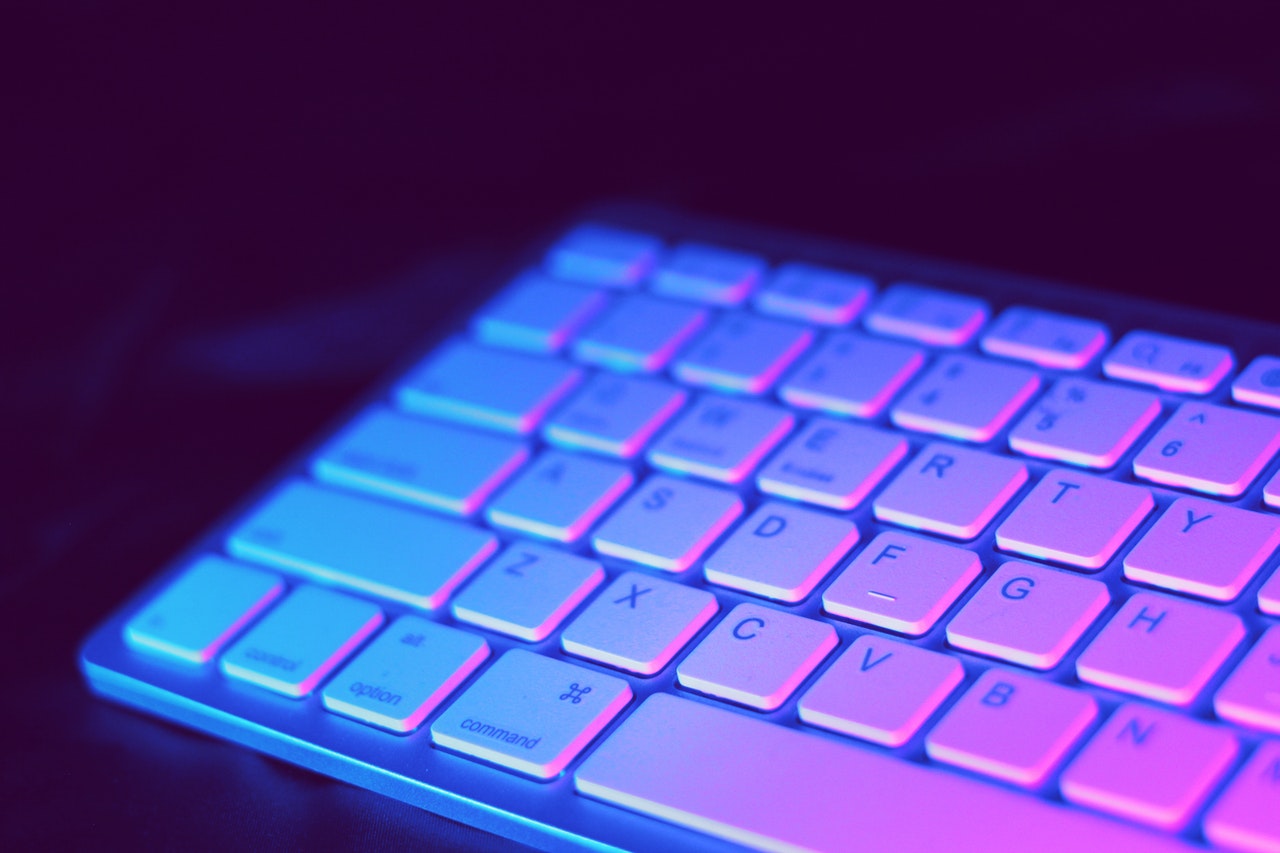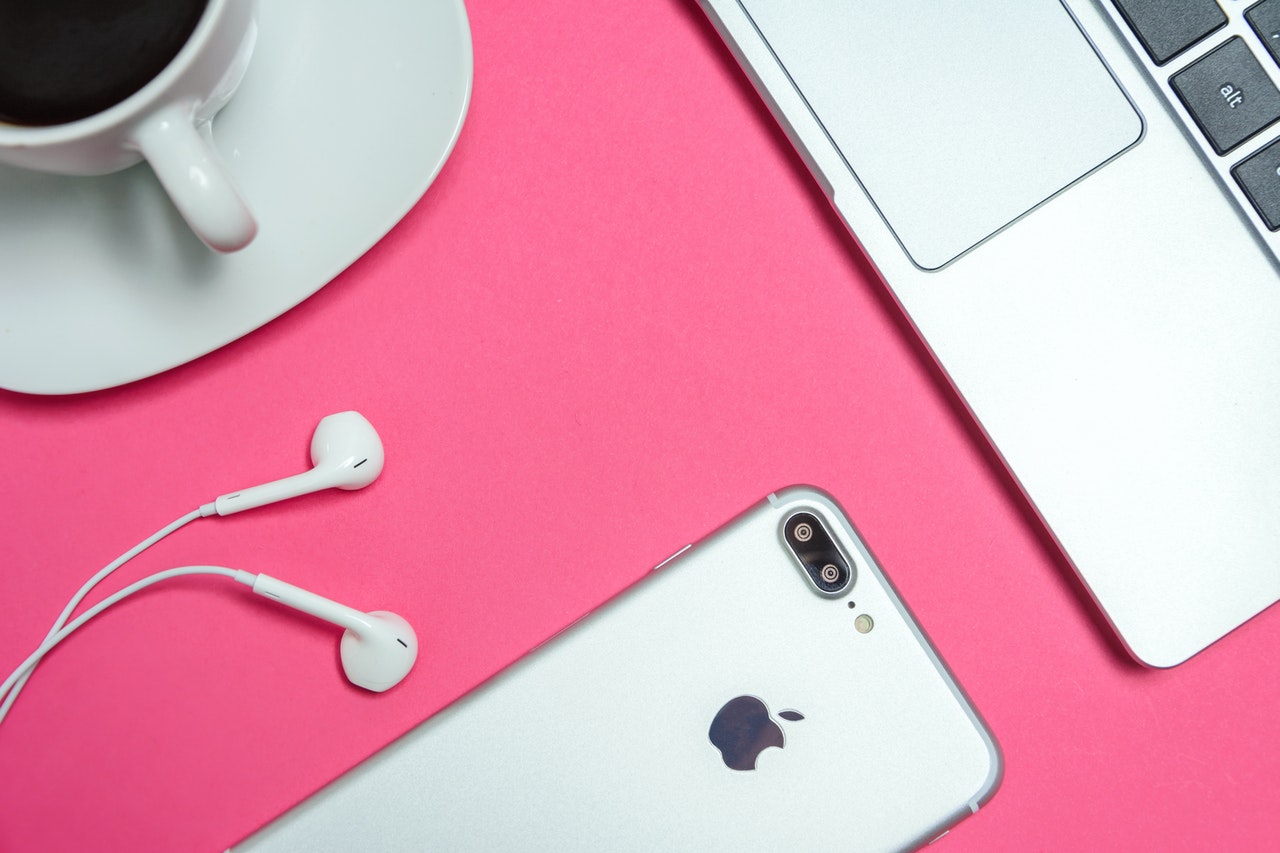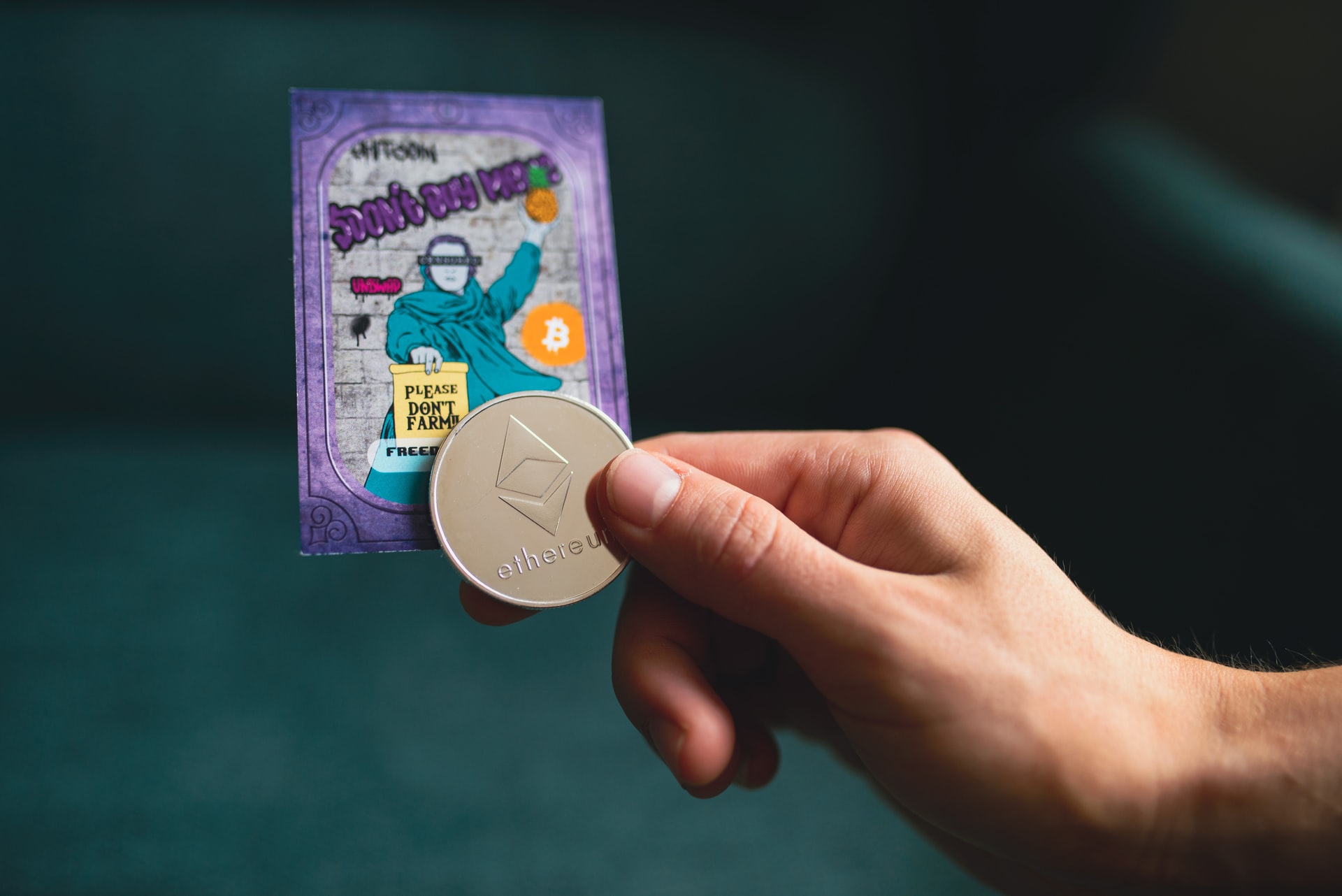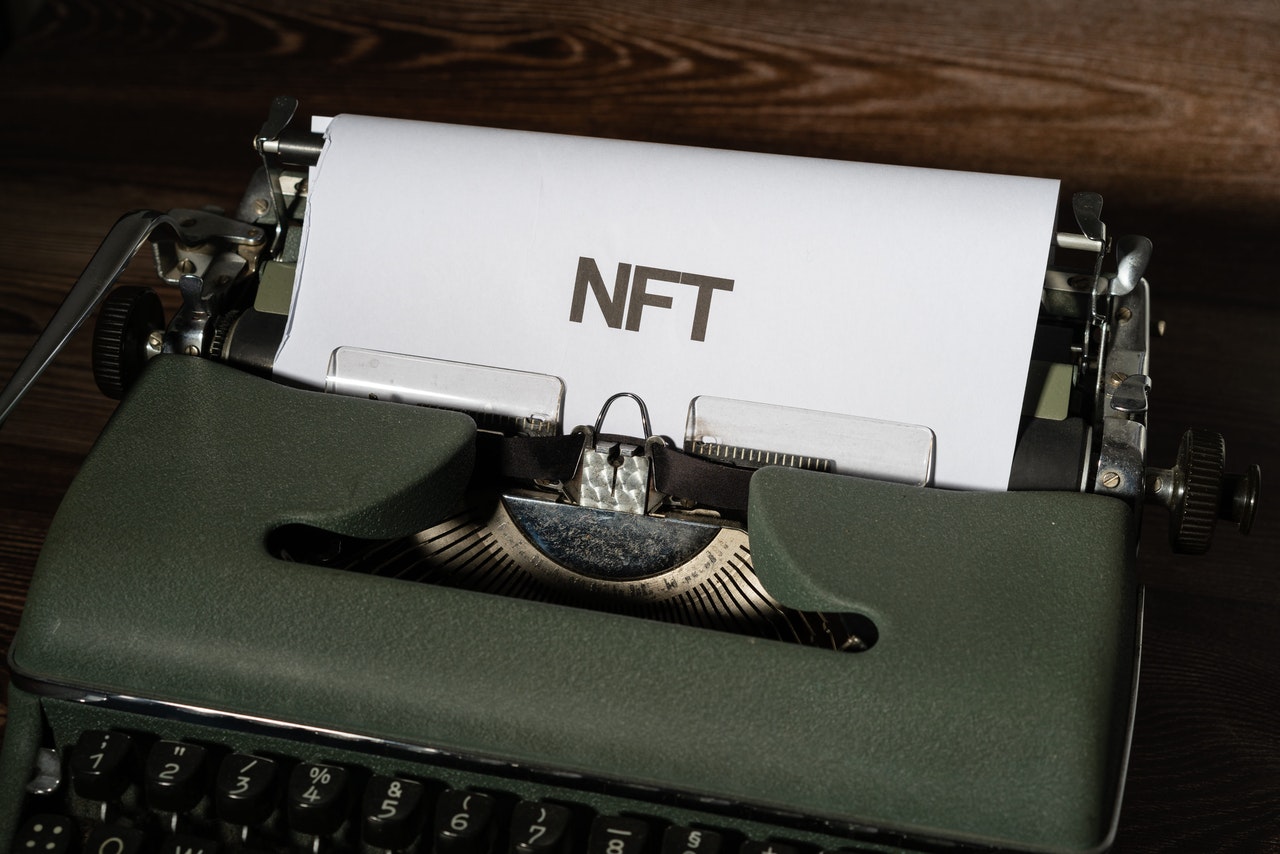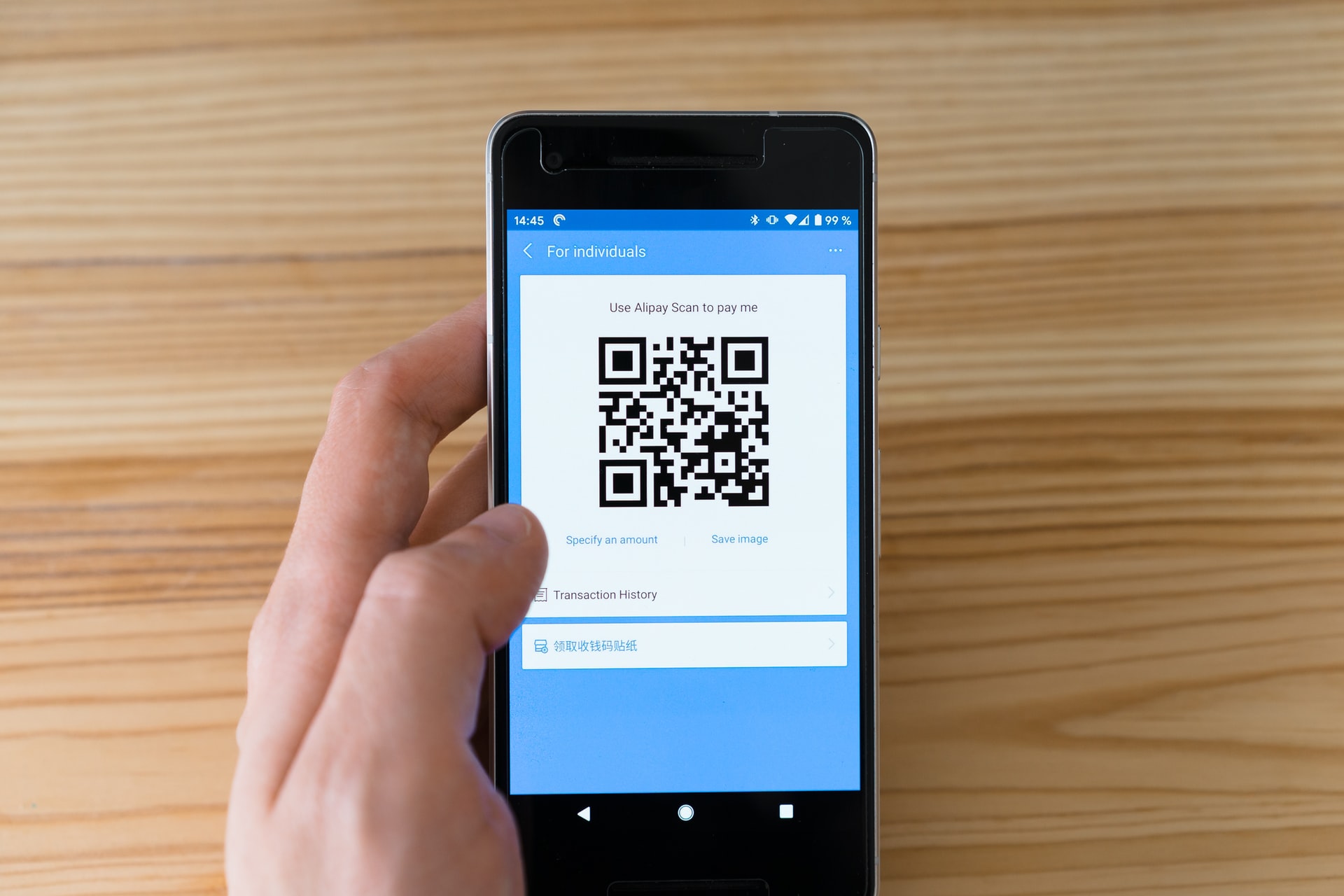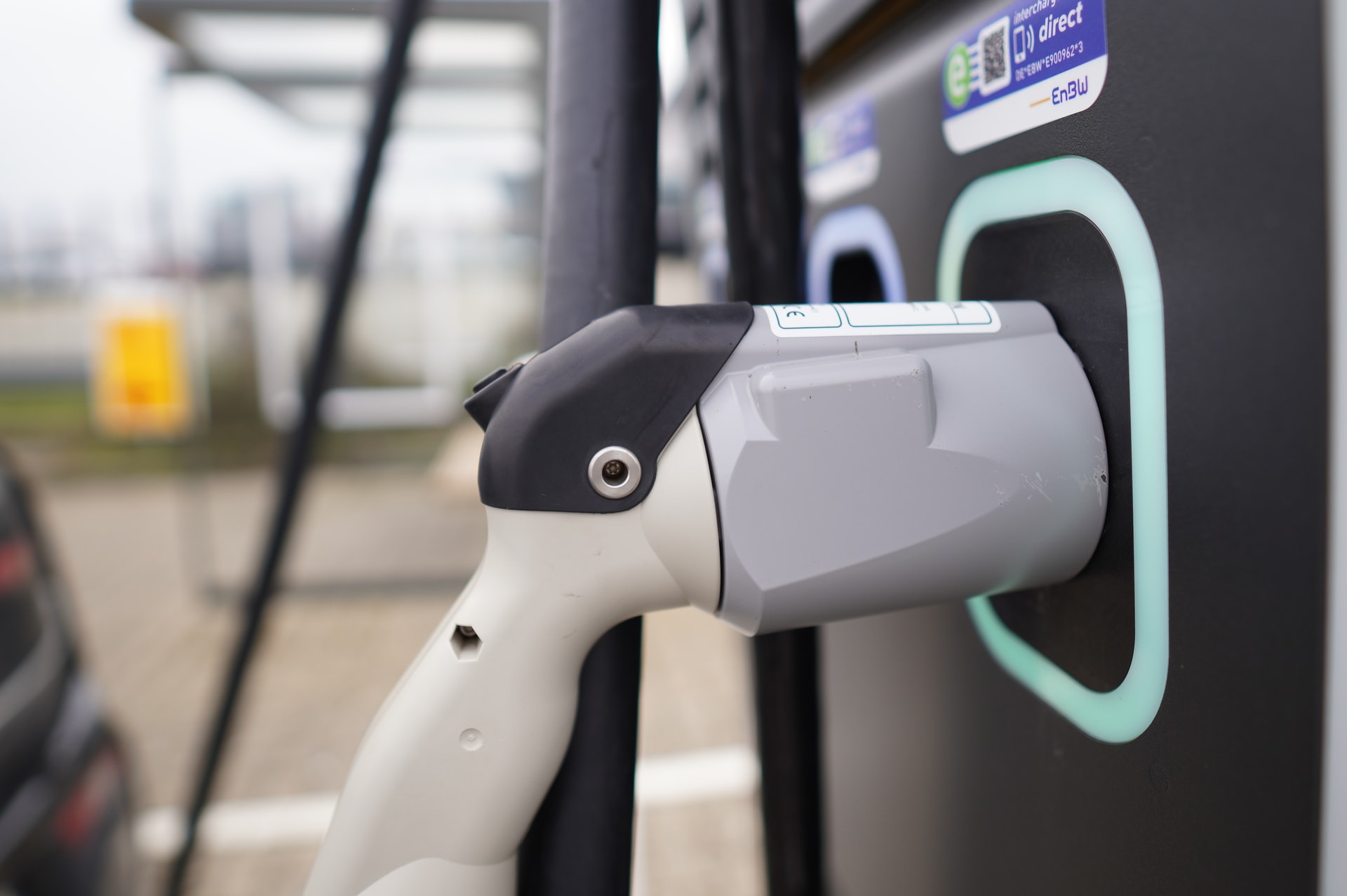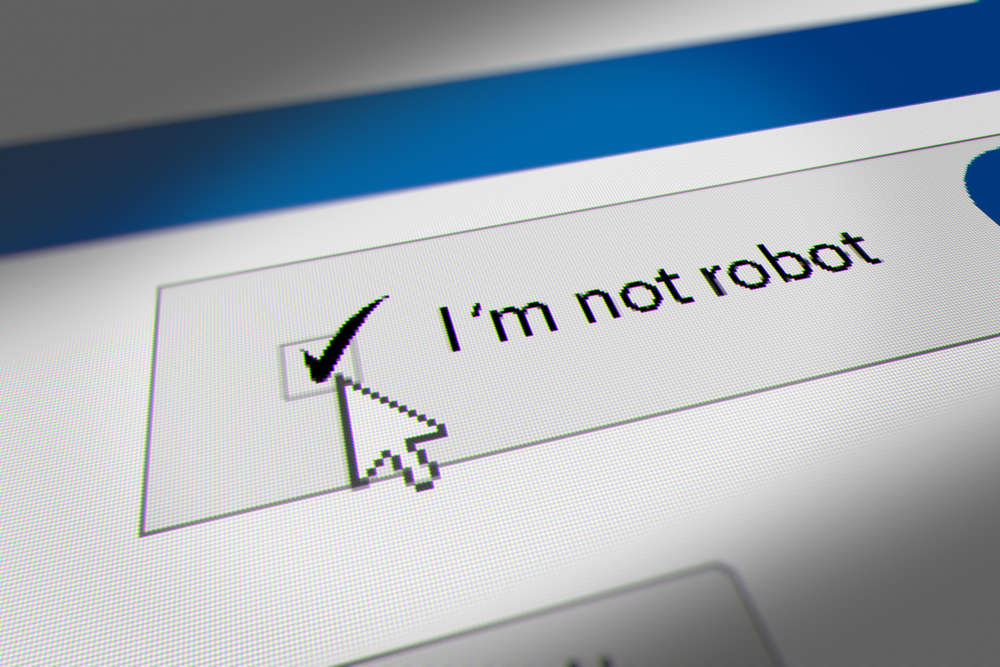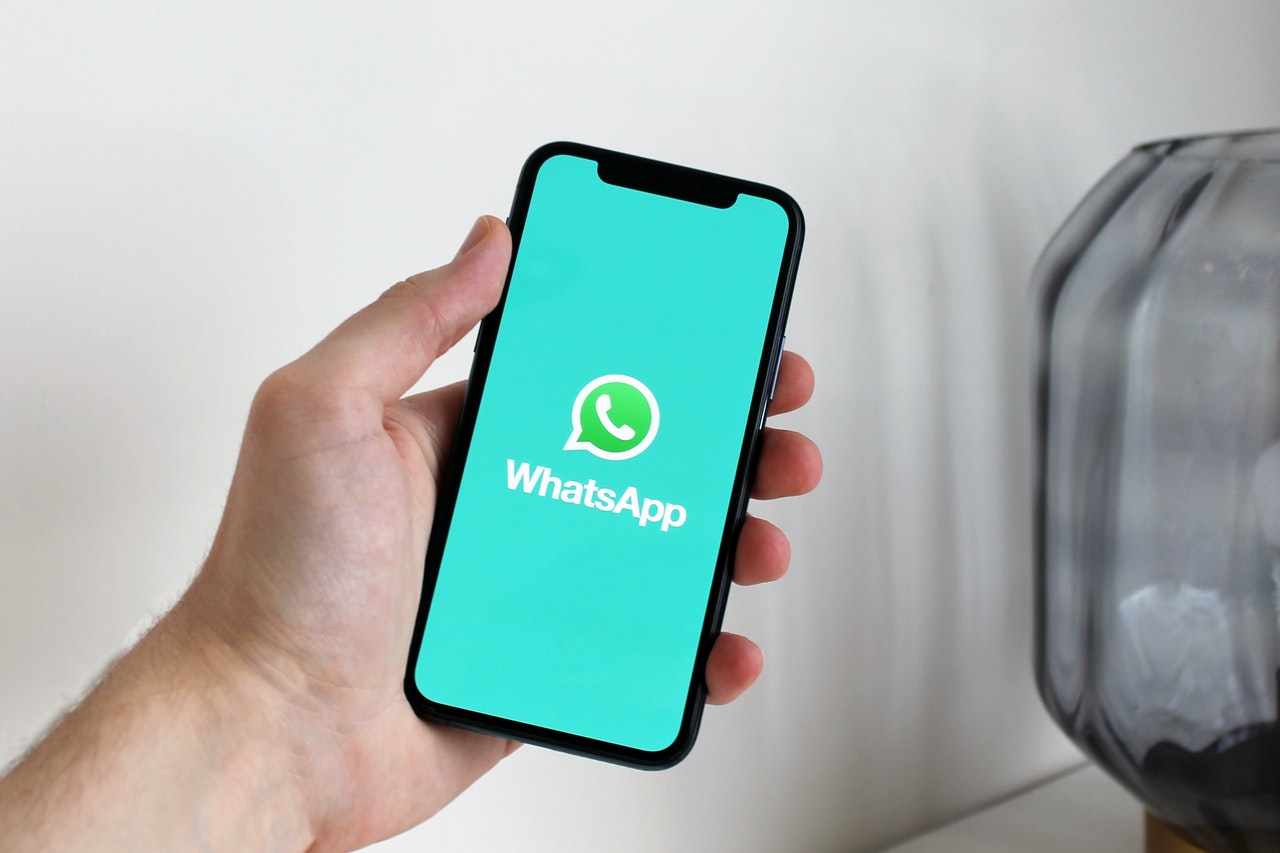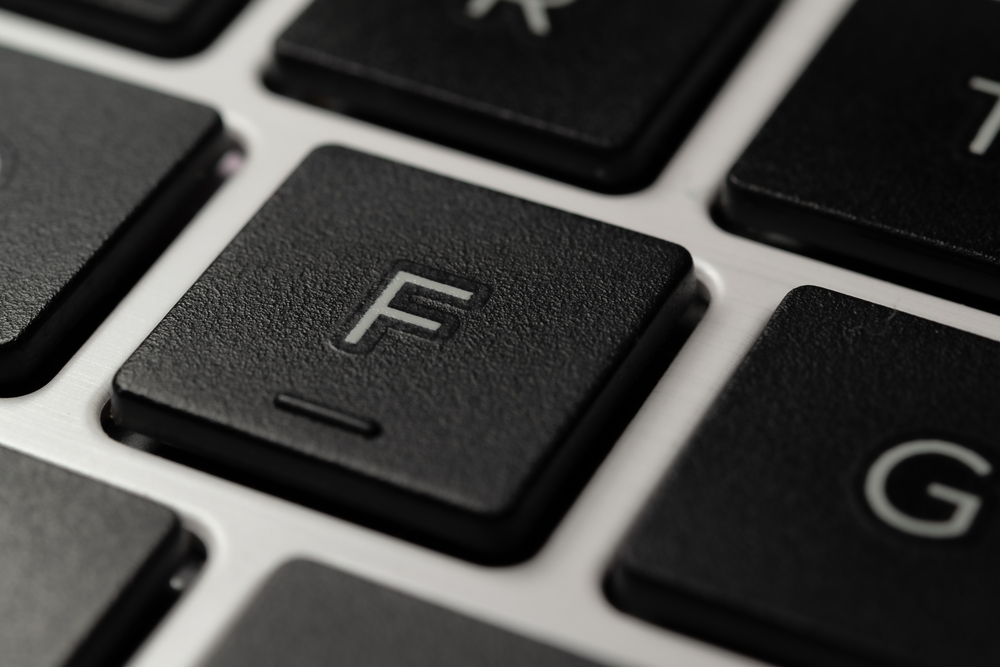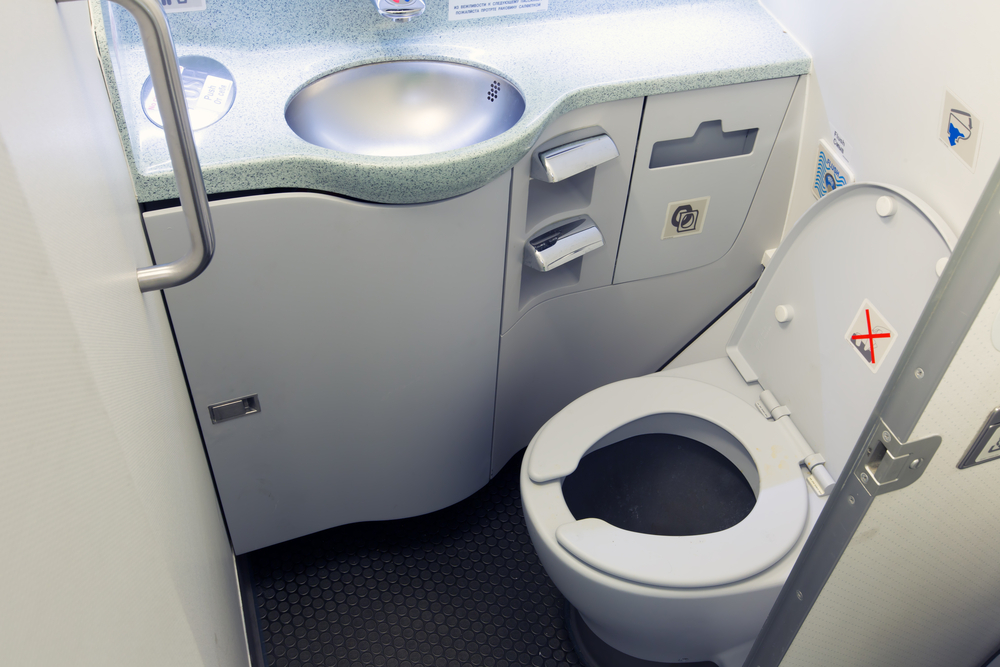Reading Time: 2 minutes
- Emoji is a Japanese word that means a pictogram (a pictorial symbol of a word).
- Before emojis, we had emoticons (emotion icons), and the first emoticons, :- ) and :-(, were invented in the 1980s by an American computer scientist.
- The first phone to have emojis (a black & white set of 90) was made in 1997 by a Japanese company called J-Phone.
- This phone didn’t sell well and so, it couldn’t create mass adoption of emojis.
- More sets (coloured) were developed in Japan around 1999 and while emojis became popular in Japan by 2004, different phone carriers encoded the graphics in different ways, leading to confusion.
- E.g. thumbs up from one phone may have appeared as thumbs down on another or it may have looked distorted.
- To overcome such problems in text (e.g. a Chinese character typed on an Android device should show up accurately on an iPhone), Unicode had already been established as the international standard for text representation.
- By the late 2000s, with the backing of Google and Apple, emojis were added to the Unicode and today each emoji has a Unicode, e.g. ‘the tears of joy’ emoji has a Unicode U+1F602.
- Unicode is managed by the Unicode Consortium, a nonprofit group that works sort of like the United Nations to maintain text standards across computers.
- The Unicode Consortium keeps adding new emojis, gathered from users around the world to its list each year.
- Anyone can submit an emoji to the Consortium — the first step is to submit a proposal via email.
- The process can take 1-2 years — first, the sub-committee reviews the proposals based on 13 factors, and only those that meet the criteria reach the technical committee.
- The technical committee, after evaluation, assigns the Unicode & name of the emoji (in different languages) to the selected emojis and passes the list to tech-companies such as Apple, Google, Microsoft, Facebook, etc.
- Designers at these companies go through the reference designs in the proposal, follow their style guides, consult experts in the field (if required) and design the final emojis (on each platform, the same emoji looks a bit different).
- These final designs are then introduced to the users, mostly when the operating systems or apps are updated.
Also Read:
How buying and selling of domain names work?
Why is Bluetooth called Bluetooth?
Image courtesy of Domingo Alvarez through Unsplash



